Wildlife & Bird Protection Laws UK
Explore how the Wildlife and Countryside Act schedules shape UK wildlife and bird protection laws, ensuring the conservation of our endangered species.

On this page
Protective legislation for wild birds in the UK
Wildlife and Countryside Act 1981 Schedules
All wild birds in the UK are protected. Some rare species and those which are particularly vulnerable to disturbance are afforded a higher level of protection for their nests, eggs and young.
Listed below are the Schedules for birds in England, Scotland and Wales protected under the Wildlife and Countryside Act. Please note, Northern Ireland has its own bird protection Schedules under The Wildlife (Northern Ireland) Order 1985.
These Schedules are subject to periodic amendment, so please refer to the most recent online legislation through the links above.
Schedule 1 (England, Scotland, Wales)
Schedule 1 – Part I
It is illegal for any person to intentionally or recklessly disturb any wild bird included in Schedule 1 while it is building a nest or is in, on or near a nest containing eggs or young; or disturb dependent young of such a bird.
- Avocet
- Bee-eater
- Bittern
- Bittern, Little
- Bluethroat
- Brambling
- Bunting, Cirl
- Bunting, Lapland
- Bunting, Snow
- Buzzard, Honey
- Capercaillie (Scotland only)
- Chough
- Corncrake
- Crake, Spotted
- Crossbills (all species)
- Divers (all species)
- Dotterel
- Duck, Long-tailed
- Eagle, Golden
- Eagle, White-tailed

- Falcon, Gyr
- Fieldfare
- Firecrest
- Garganey
- Godwit, Black-tailed
- Goshawk
- Grebe, Black-necked
- Grebe, Slavonian
- Greenshank
- Gull, Little
- Gull, Mediterranean
- Harriers (all species)
- Heron, Purple
- Hobby
- Hoopoe
- Kingfisher
- Kite, Red
- Merlin
- Oriole, Golden
- Osprey
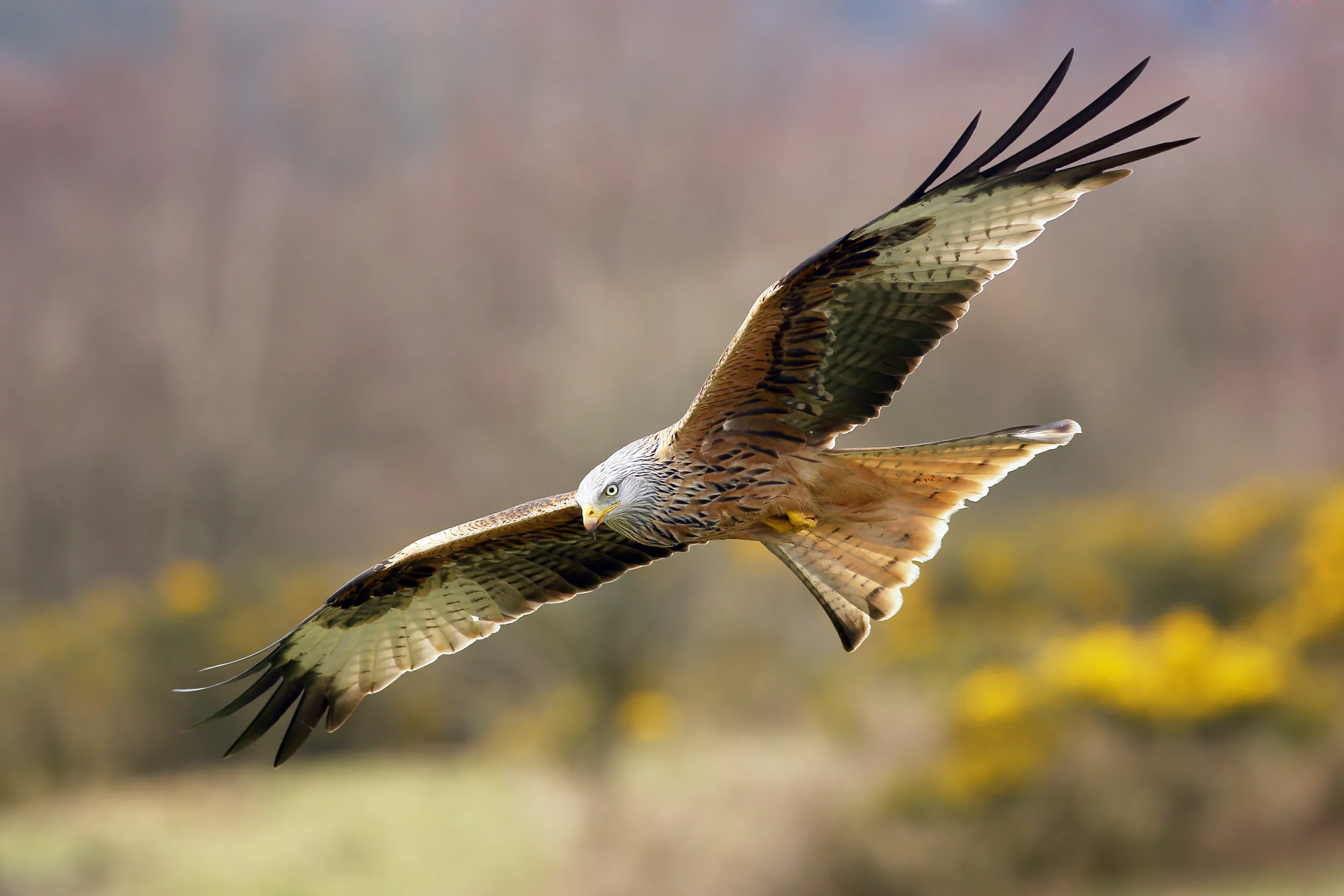
- Owl, Barn
- Owl, Snowy
- Peregrine
- Petrel, Leach's
- Phalarope, Red-necked
- Plover, Kentish
- Plover, Little Ringed
- Quail, Common
- Redstart, Black
- Redwing
- Rosefinch, Scarlet
- Ruff
- Sandpiper, Green
- Sandpiper, Purple
- Sandpiper, Wood
- Scaup
- Scoter, Common
- Scoter, Velvet
- Serin
- Shorelark
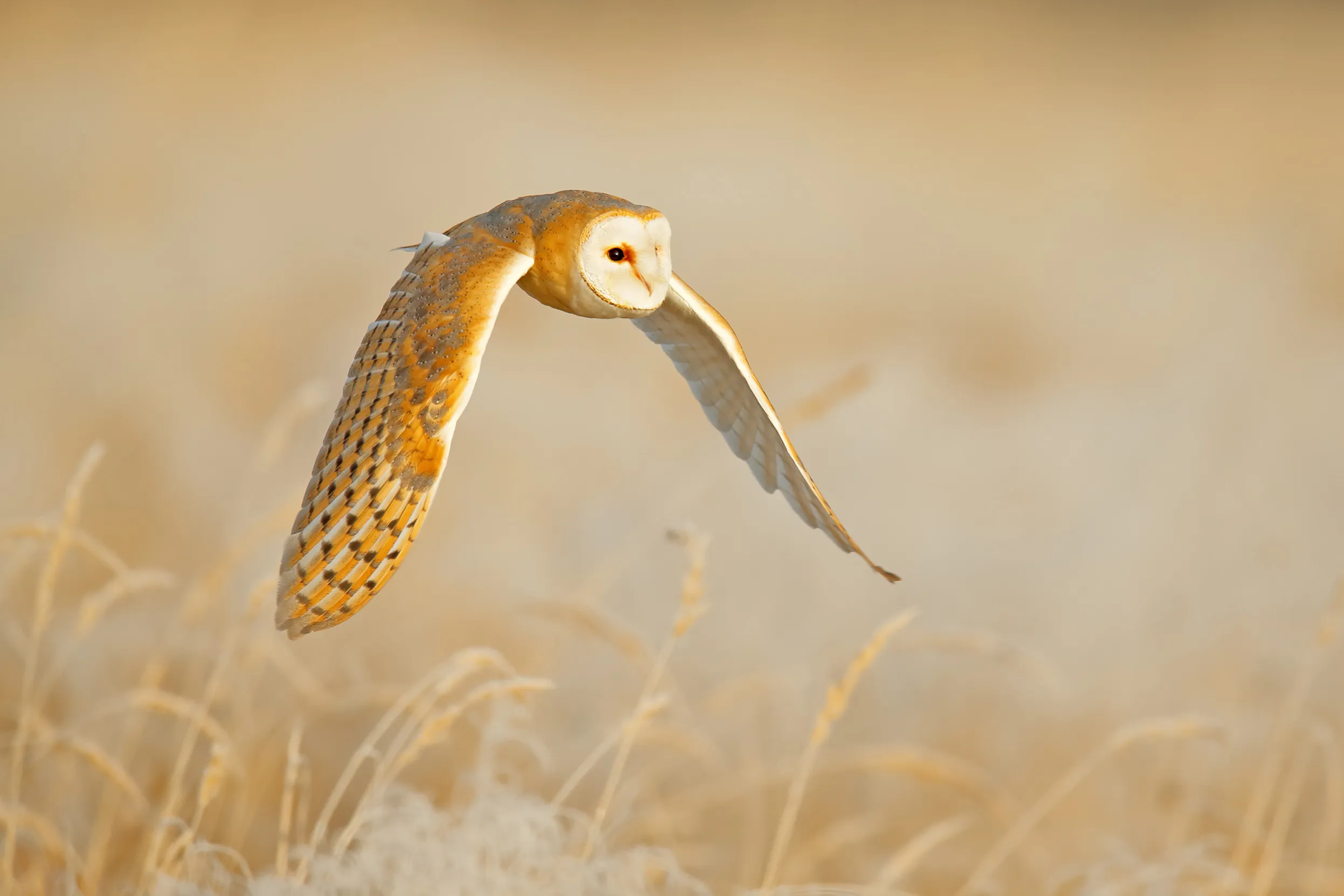
- Shrike, Red-backed
- Spoonbill
- Stilt, Black-winged
- Stint, Temminck's
- Stone Curlew
- Swan, Bewick's
- Swan, Whooper
- Tern, Black
- Tern, Little
- Tern, Roseate
- Tit, Bearded
- Tit, Crested
- Treecreeper, Short-toed
- Warbler, Cetti's
- Warbler, Dartford
- Warbler, Marsh
- Warbler, Savi's
- Whimbrel
- Woodlark
- Wryneck
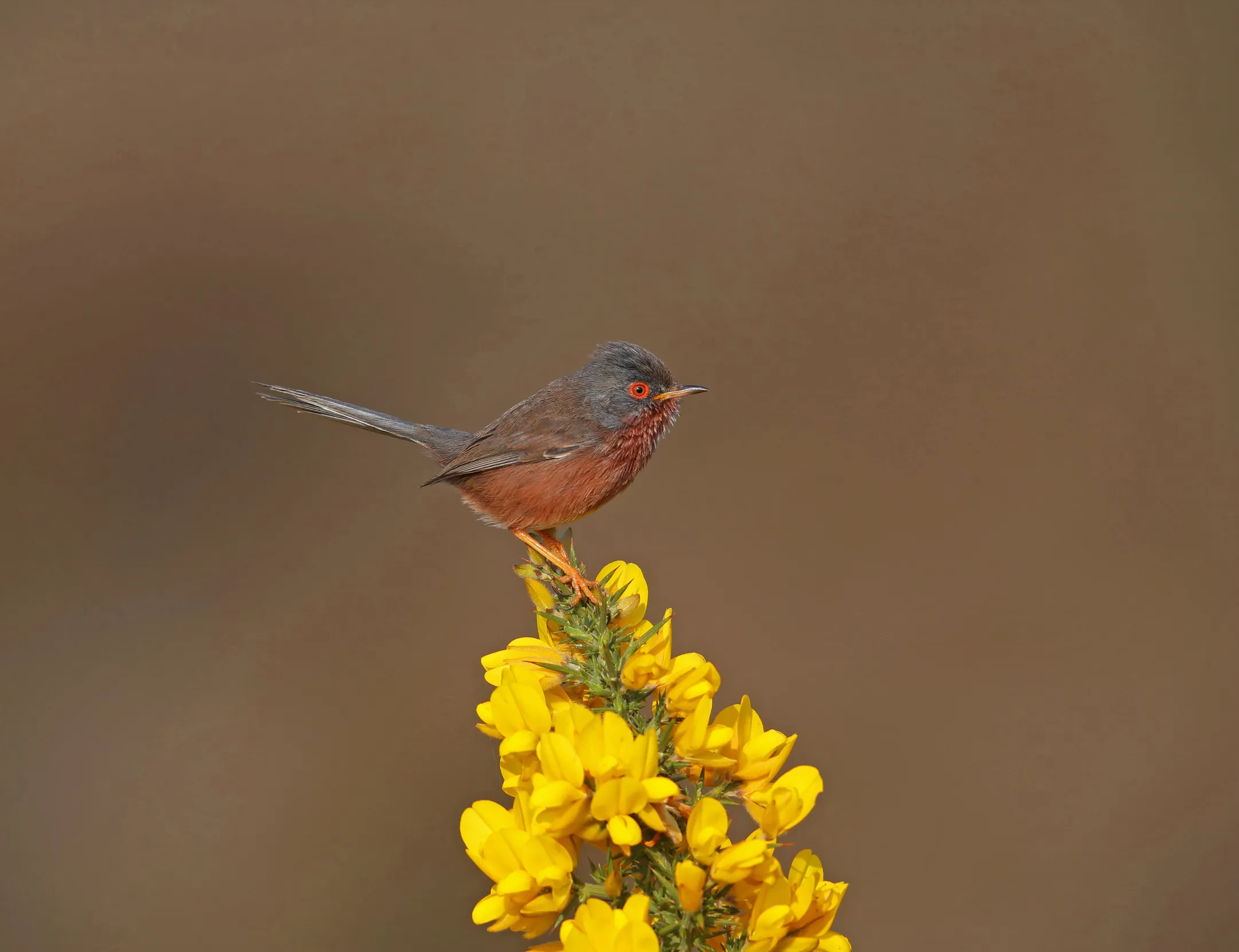
Schedule ZA1 (England & Wales only)
It is illegal for any person to intentionally take, damage or destroy the nest of a bird listed on Schedule 1ZA
- Golden Eagle
- White-tailed Eagle
- Osprey
Schedules (1A) and (A1) (Scotland only)
It is illegal for any person to intentionally or recklessly harass any wild bird included in Schedule 1A
- Golden Eagle
- Hen Harrier
- Red Kite
- White-tailed Eagle
It is illegal for any person to intentionally or recklessly take, damage, destroy or otherwise interfere with any nest habitually used by any wild bird included in Schedule A1
- Golden Eagle
- White-tailed Eagle

Schedule 1 – Part II (England, Scotland, Wales)
Birds afforded special protection during the close season which is 1 February to 31 August (21 February to 31 August below high-water mark) but which may be killed or taken outside this period.
- Goldeneye
- Pintail
- Greylag Goose (in Outer Hebrides, Caithness, Sutherland and Wester Ross only).
Schedule 2 (England, Scotland, Wales)
Schedule 2 – Part I
Birds protected during the close season (1 February to 31 August for most species) but which may be killed or taken outside this period. Close season for ducks and geese when below high-water mark is 21 February to 31 August.
- Capercaillie (England and Wales only) – close season 1 February to 30 September. Although Capercaillie can theoretically be hunted in England and Wales, , the species does not occur in those countries, so its inclusion in this list is a historical anomaly.
- Coot
- Duck, Tufted
- Gadwall
- Goldeneye
- Goose, Canada
- Goose, Greylag
- Goose, Pink-footed
- Goose, White-fronted (England and Wales only and not Greenland White-fronted Goose))
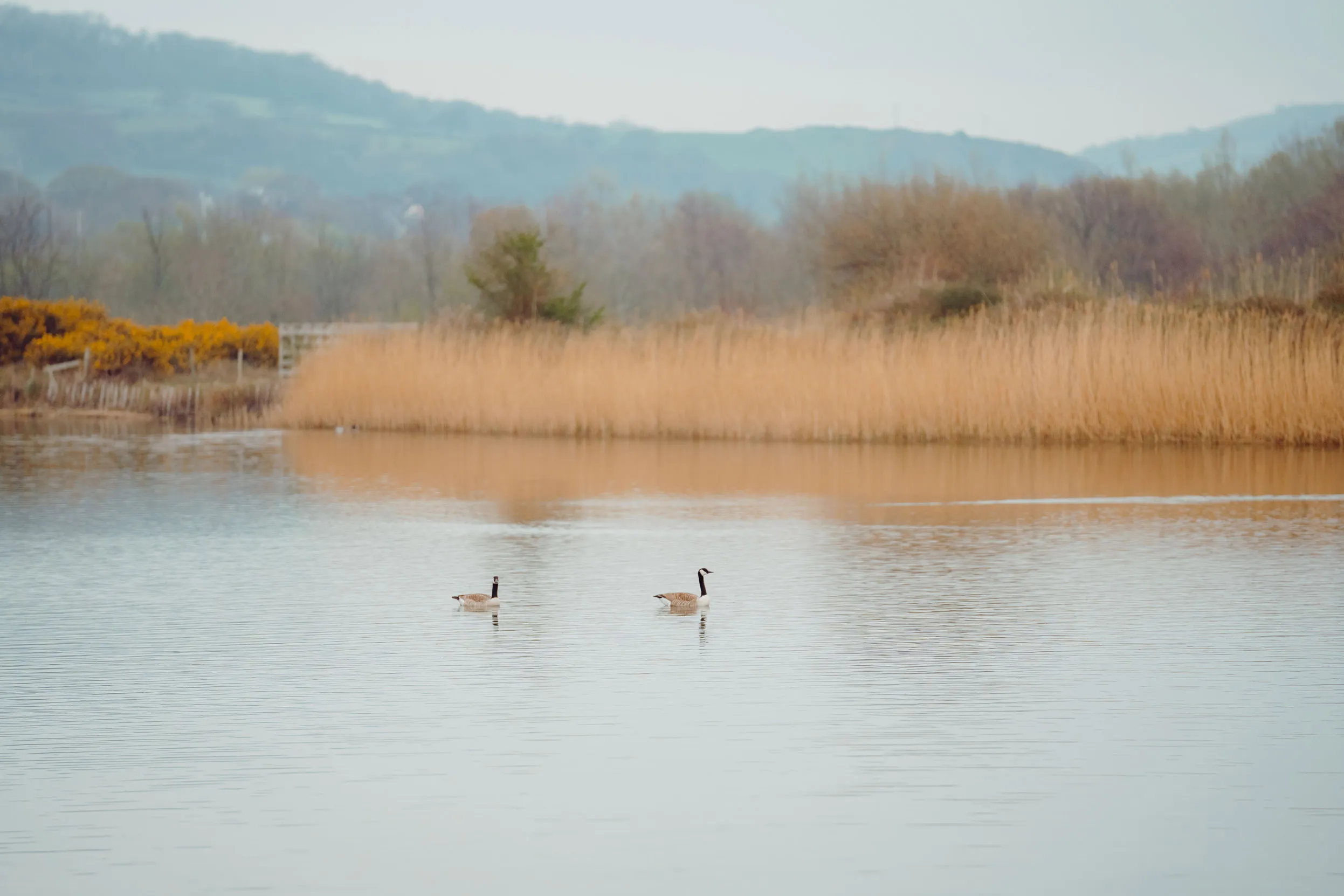
- Grouse, Black (Scotland only, close season 11 December to 19 August -covered by Game Acts in England & Wales)
- Grouse, Red (Scotland only, close season 11 December to 11 August - covered by Game Acts in England & Wales)
- Mallard
- Moorhen
- Partridge, Grey (Scotland only, close season 2 February to 31 August -covered by Game Acts in England & Wales)
- Partridge, Red-legged (Scotland only, close season 2 February to 31 August -covered by Game Acts in England & Wales)
- Pheasant, Common (Scotland only, close season 2 February to 31 September -covered by Game Acts in England & Wales)
- Pintail
- Plover, Golden
- Pochard
- Ptarmigan (Scotland only, close season 11 December to 11 August - covered by Game Acts in England & Wales)
- Shoveler
- Snipe, Common (close season 1 February to 11 August)
- Teal
- Wigeon
- Woodcock (close season 1 February to 30 September except Scotland where 1 February to 31 August)

Schedule 3 (England, Scotland, Wales)
Schedule 3 – Part I
Birds which may be sold alive at all times if fitted with an approved ring and bred in captivity.
- Blackbird
- Brambling
- Bullfinch
- Bunting, reed
- Chaffinch
- Dunnock
- Goldfinch
- Greenfinch
- Jackdaw
- Jay
- Linnet
- Magpie
- Owl, Barn
- Redpoll
- Siskin
- Starling
- Thrush, song
- Twite
- Yellowhammer

Schedule 3 – Part II
Birds which may be sold dead (at all times).
- Woodpigeon
Schedule 3 – Part III (England and Wales only)
Birds which may be sold dead from 1 September to 28 February.
- Capercaillie
- Coot
- Duck, Tufted
- Mallard
- Pintail
- Plover, Golden
- Pochard
- Shoveler
- Snipe, Common
- Teal
- Wigeon
- Woodcock
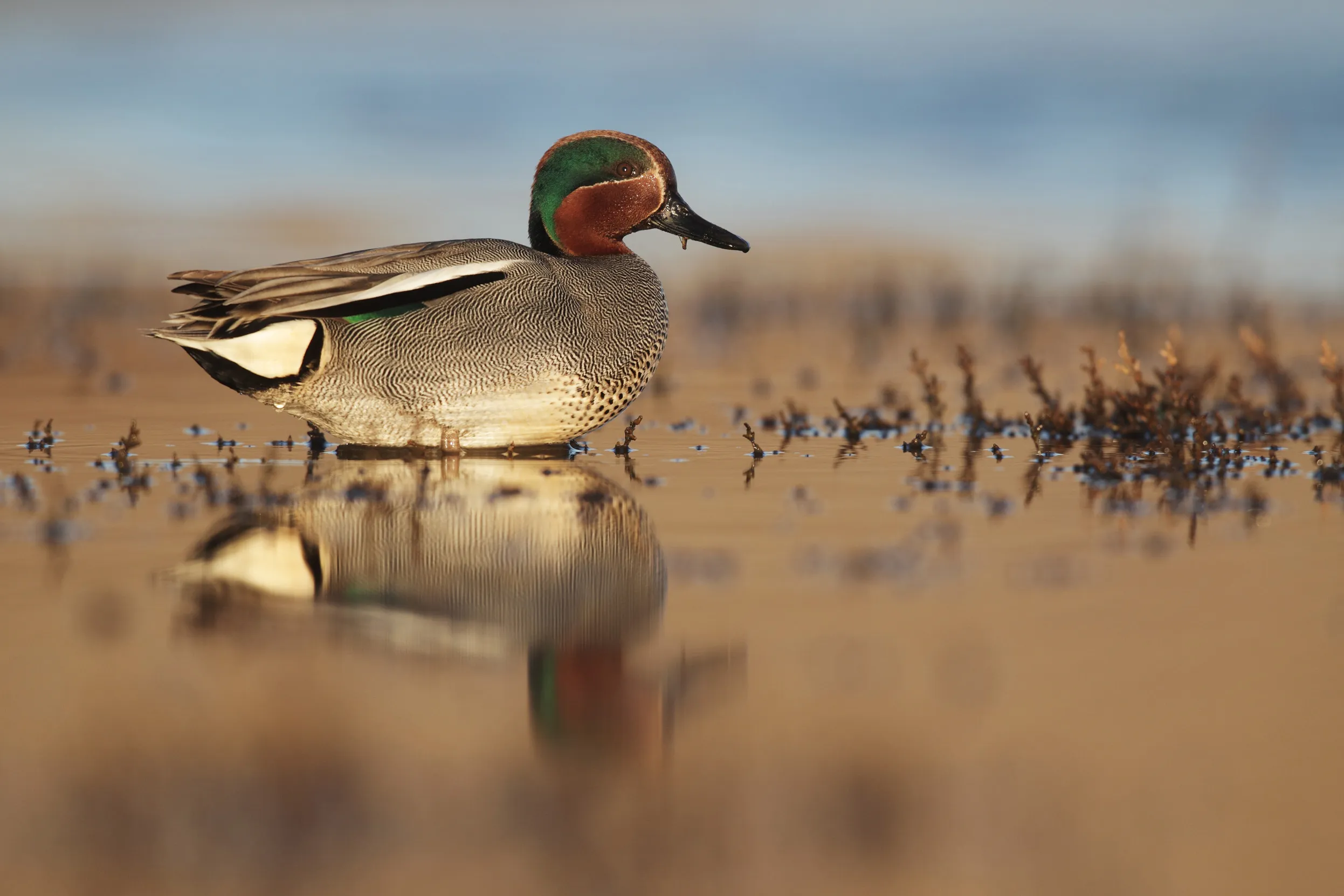
Schedule 3 – Part IIA (Scotland only)
Birds which may be sold dead if killed by certain persons outside the close season
- Coot
- Duck, Tufted
- Grouse, Black
- Grouse. Red
- Mallard
- Partridge, Grey
- Partridge, Red-legged
- Pheasant, Common
- Pintail
- Plover, Golden
- Pochard
- Ptarmigan
- Shoveler
- Snipe, Common
- Teal
- Wigeon
- Woodcock
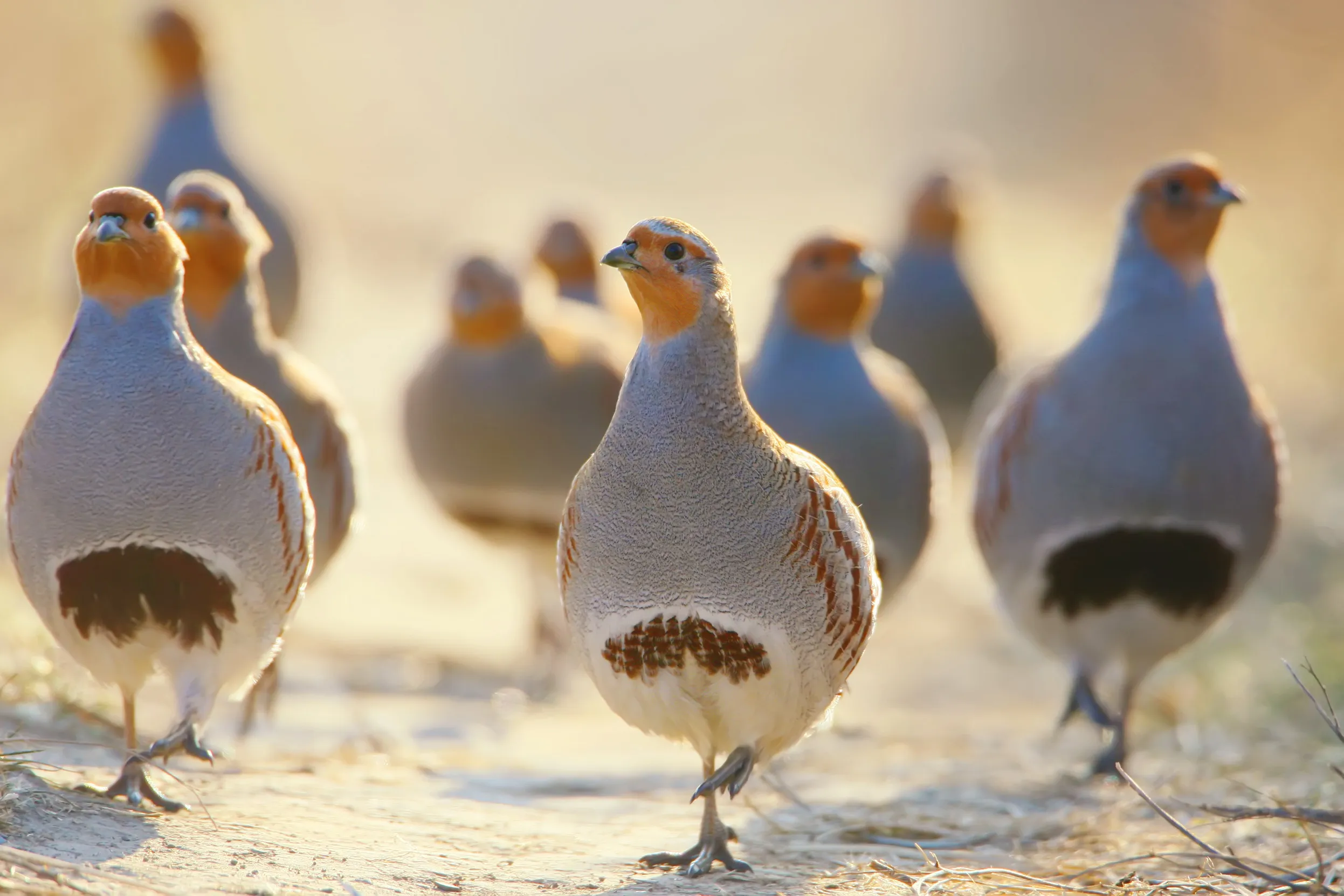
Schedule 4 (England, Scotland, Wales)
Birds which must be ringed and registered with the government if they are kept in captivity.
- Buzzard, Honey
- Eagle, Golden
- Eagle, White-tailed
- Goshawk
- Harrier, Marsh
- Harrier, Montagu's
- Merlin
- Osprey
- Peregrine
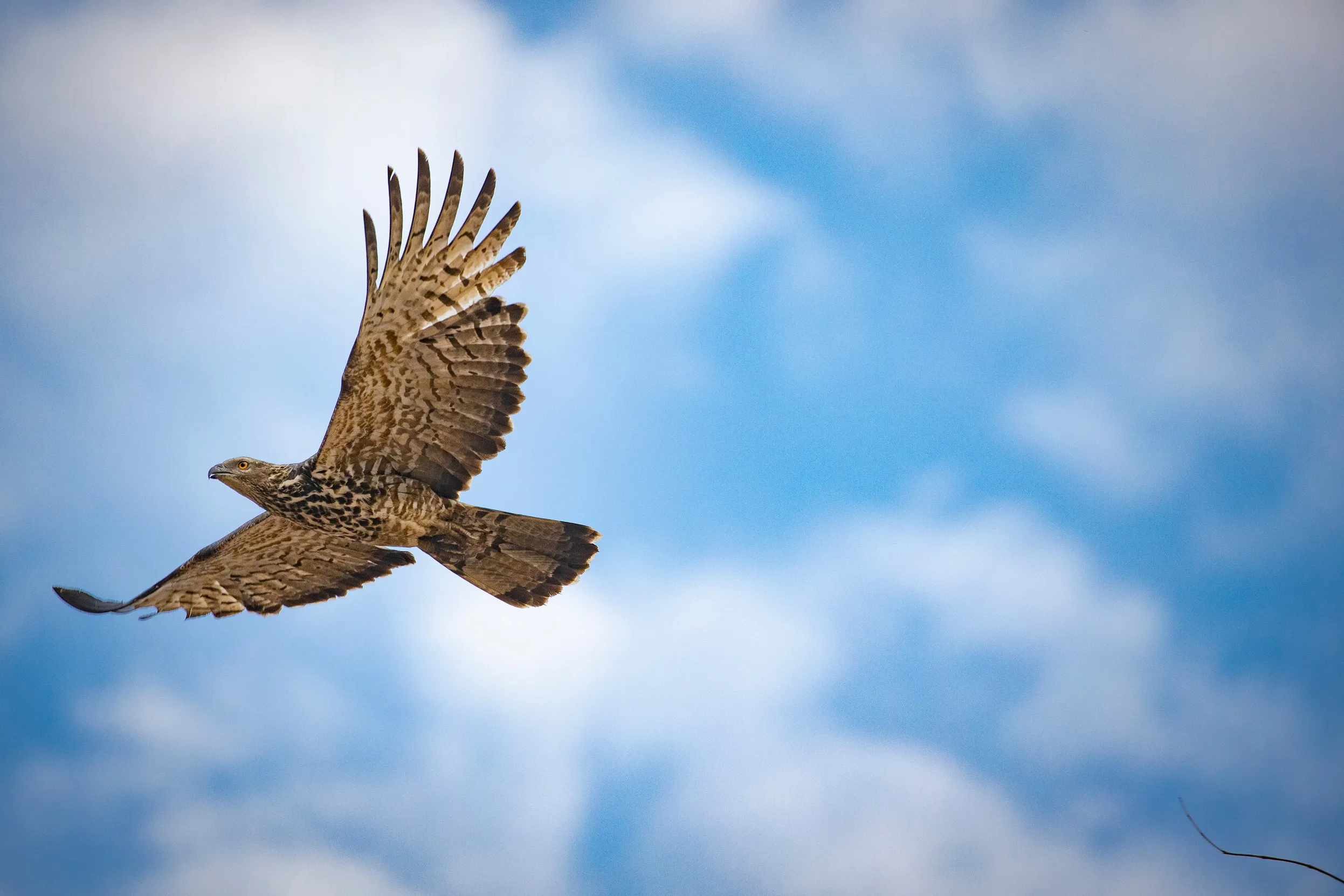
Find out more from the government website about how to register to keep captive Schedule 4 birds, by following this link.
Please note: this page was correct as of 1/3/2024, please refer to source legislation links for the most up-to-date information.
How you can help
Have you seen a crime against a wild bird? Please follow this link for advice and information about how to report a crime.